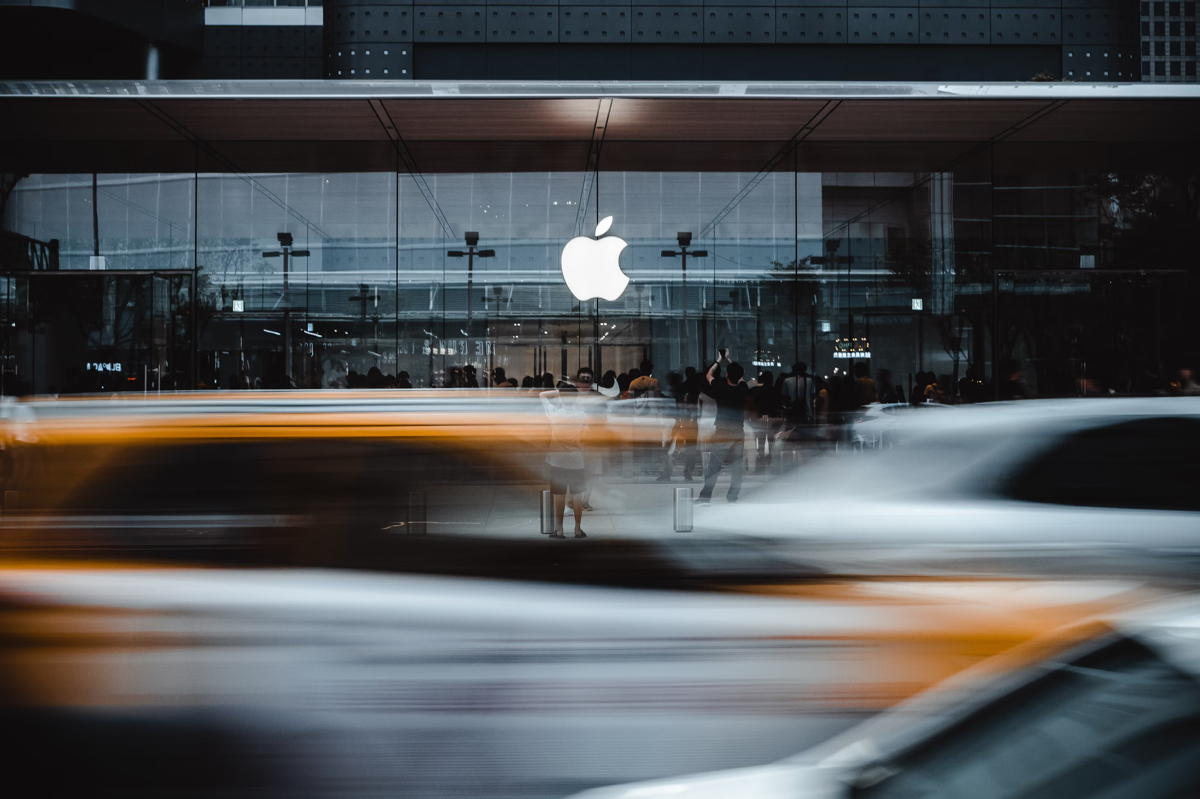Apple’s Tim Cook Visits Vietnam Amidst China Troubles

Apple chief Tim Cook visits Vietnam as company seeks to expand consumer sales, diversify manufacturing base away from China
Apple chief executive Tim Cook began a two-day trip to Vietnam on Monday as the company seeks to diversify its manufacturing base outside of China.
Cook posted photos on X of meetings with musicians and developers, and said he drank an egg coffee, a Vietnamese drink dating back to the 1940s that combines coffee with egg yolks, sugar and condensed milk.
The trip came three weeks after Cook concluded a visit to China, which remains Apple’s main production centre.
Apple said on its Vietnam website it would “increase spending on suppliers” in the country and said expenditures on suppliers have amounted to nearly 400 trillion Vietnamese dong ($16bn, £12bn) since 2019.

Key supplier
In December the Nikkei reported that Apple was moving some of its key iPad engineering resources to Vietnam.
The country is reportedly now involved in MacBook, iPad and Apple Watch development.
Apple suppliers including Luxshare Precision Industry, Goertek and Foxconn Technology Group all have operations there.
The US has strengthened its relations with the country in recent years amidst tensions with China, with president Joe Biden visiting last September and announcing an elevated “comprehensive strategic partnership” with Vietnam.
Thanks to the very talented VietMax for showing me how iPhone and iPad fit into his dance and street art workflows, and to rapper Suboi for sharing her newest song in Spatial Audio! It was incredible to see the energetic Vietnamese hip-hop culture! pic.twitter.com/OrckdJSZV3
— Tim Cook (@tim_cook) April 15, 2024
Consumer market
Apple is also expanding its production in India, where it now manufactures one in seven of its iPhones, Bloomberg reported last week.
Vietnam is also a growing consumer market for Apple at a time when the company is facing increased competition in China from the likes of Huawei.
Apple has grown to become the third-biggest phone vendor in Vietnam by shipments, after Samsung and Oppo, according to IDC.
Meanwhile Apple’s iPhone sales in China fell 24 percent year-on-year in the first six weeks of the year, a report from Counterpoint found.